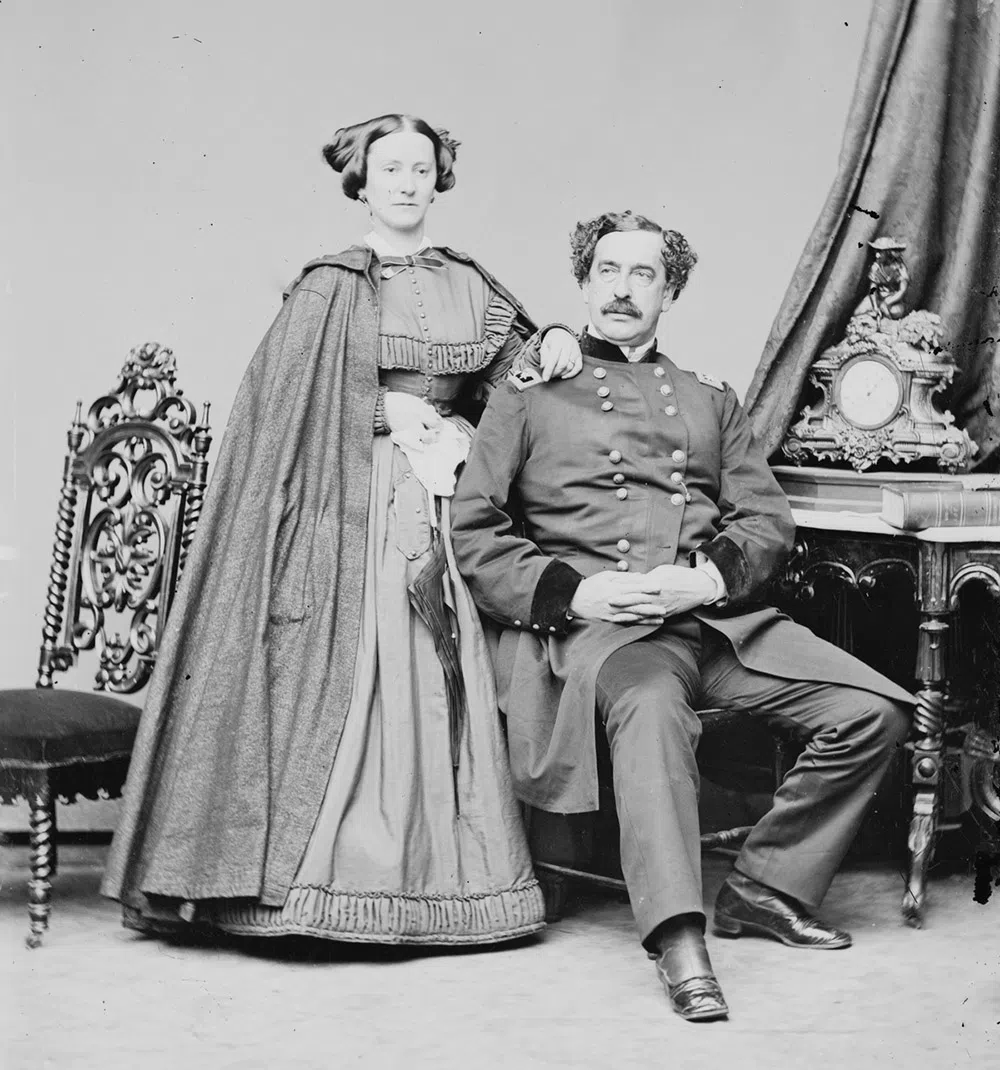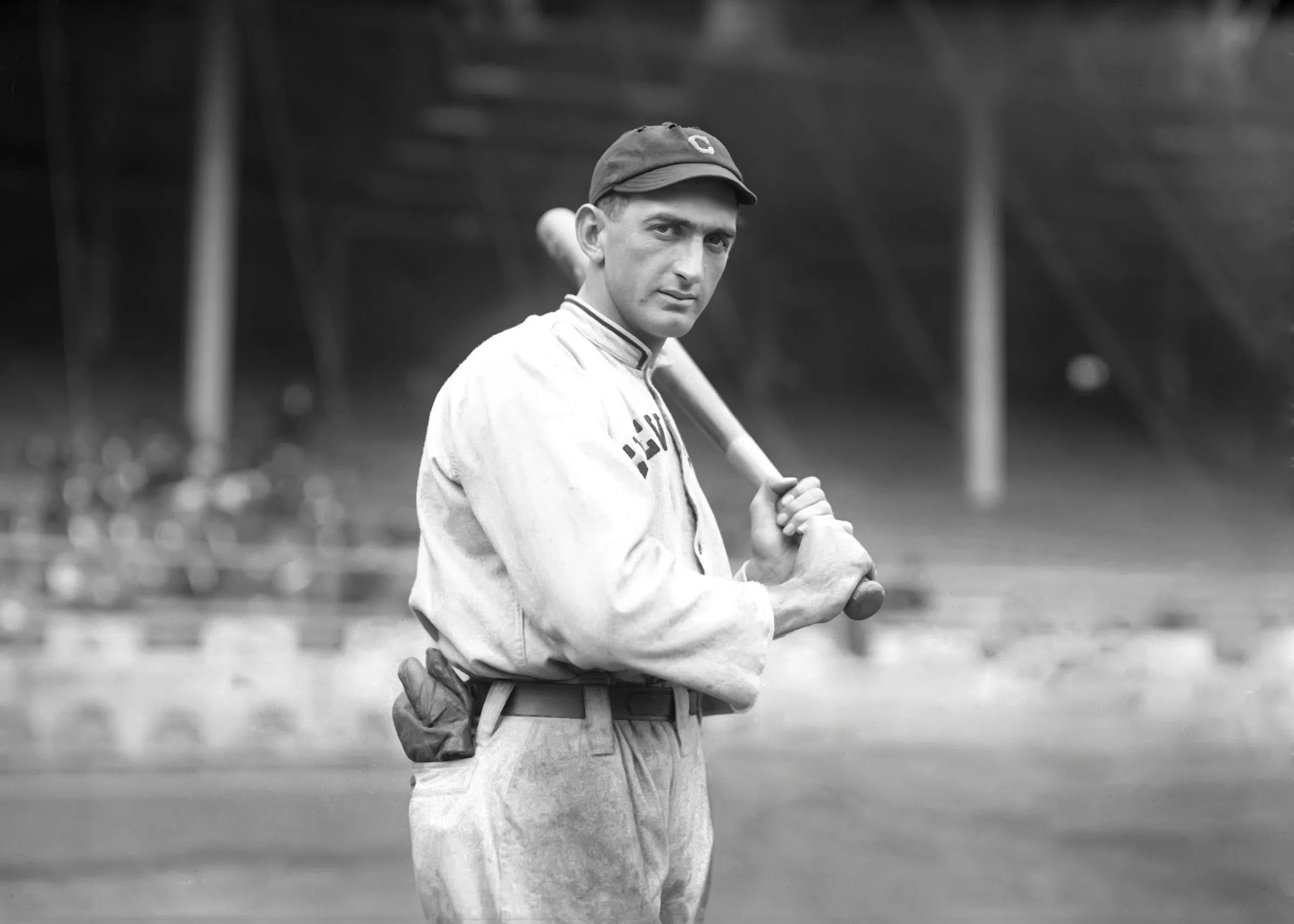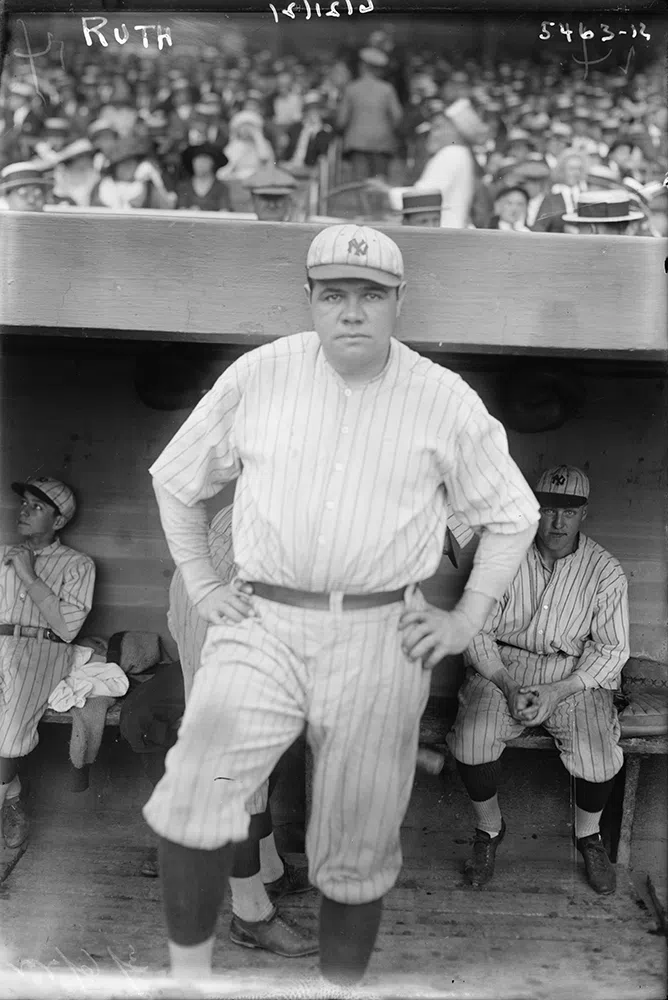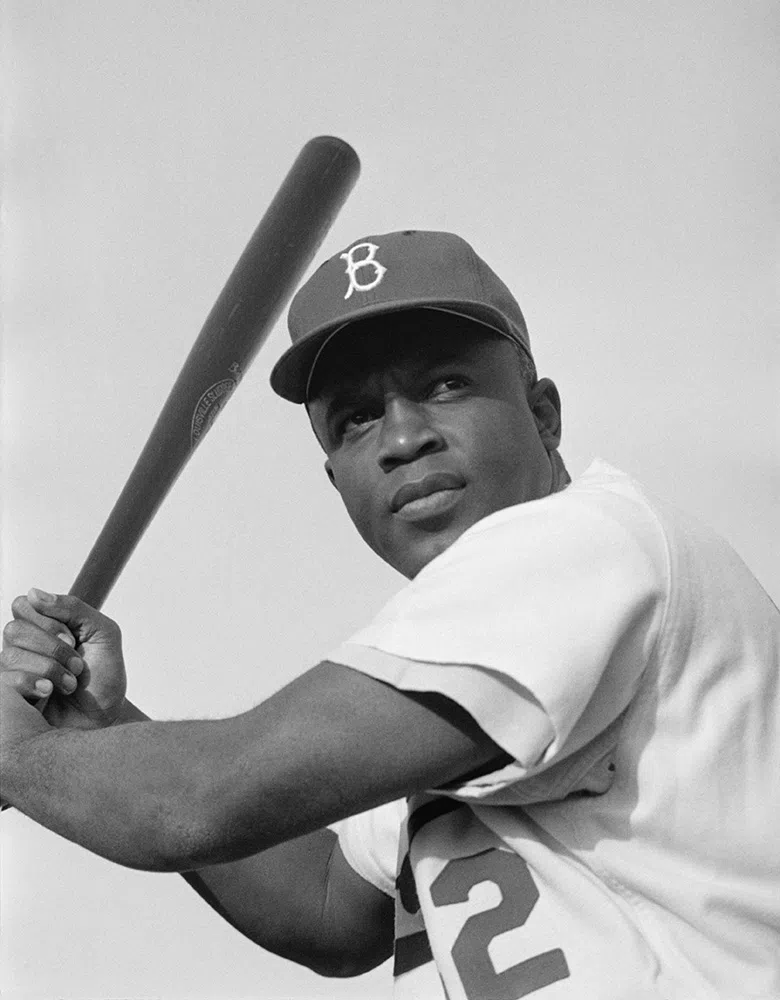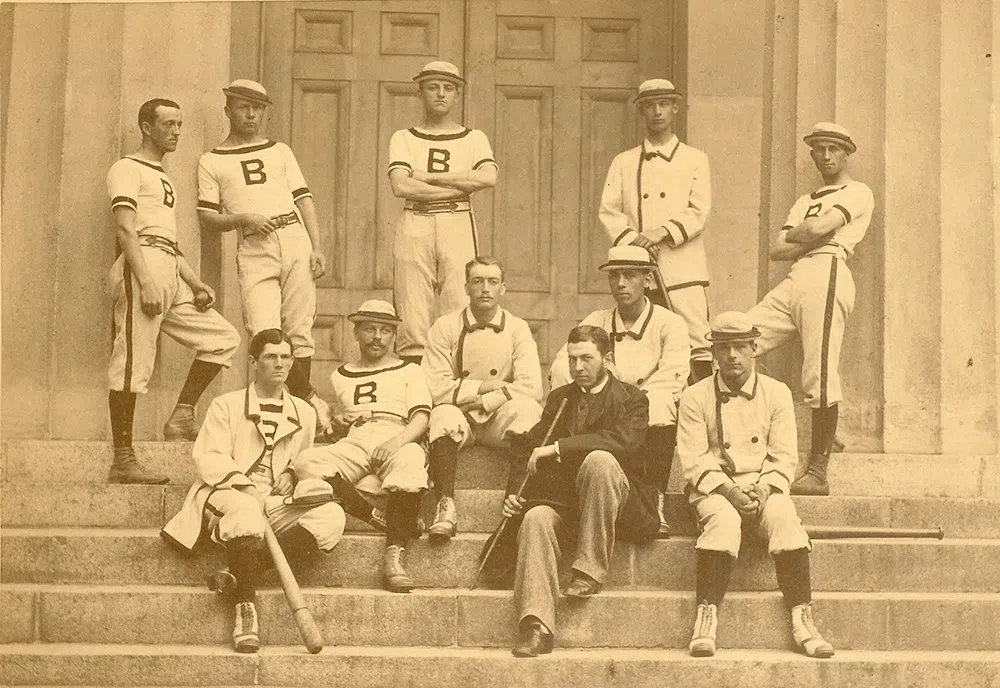
Strike! Common Baseball Myths Debunked
Featured in Ripley's Believe It or Not!
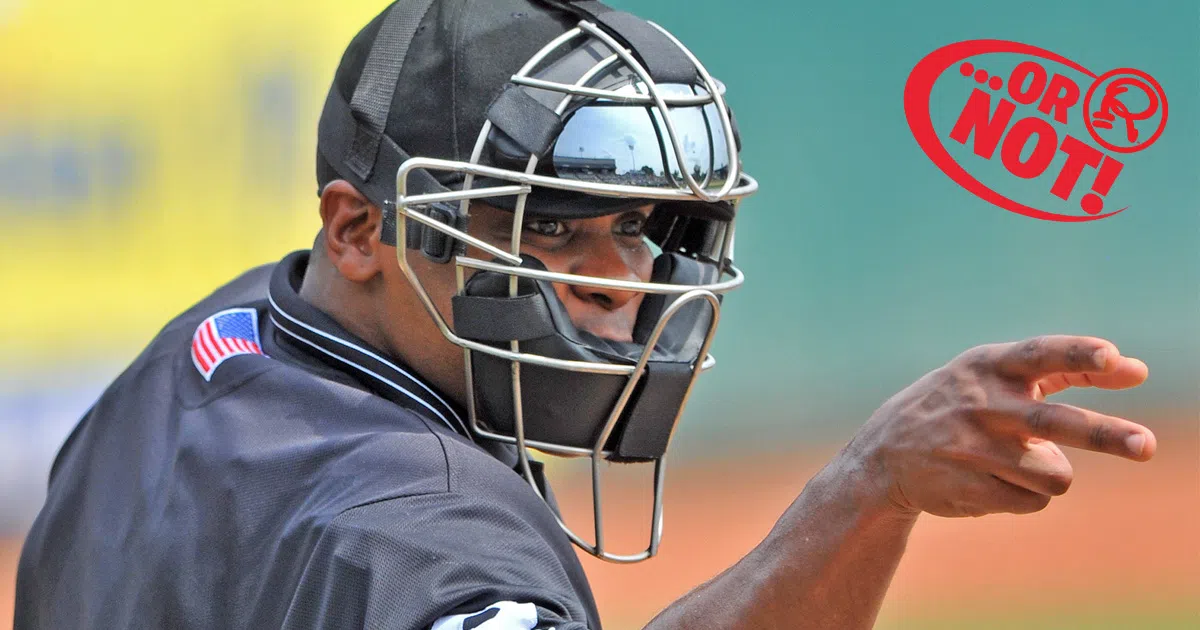
With the Boston Red Sox taking home the World Series win for 2018, why not take this moment to reflect on some of baseball’s greatest myths… and debunk them? America’s favorite pastime proves rich in colorful legends and storytelling. Not surprisingly, exaggerations and myths abound, too.
Baseball has inspired stories of heroic feats, bitter tragedies, and shocking upsets since its inception. But these stories didn’t always happen the way we’ve been told. Here’s a breakdown of some of baseball’s greatest fables.


